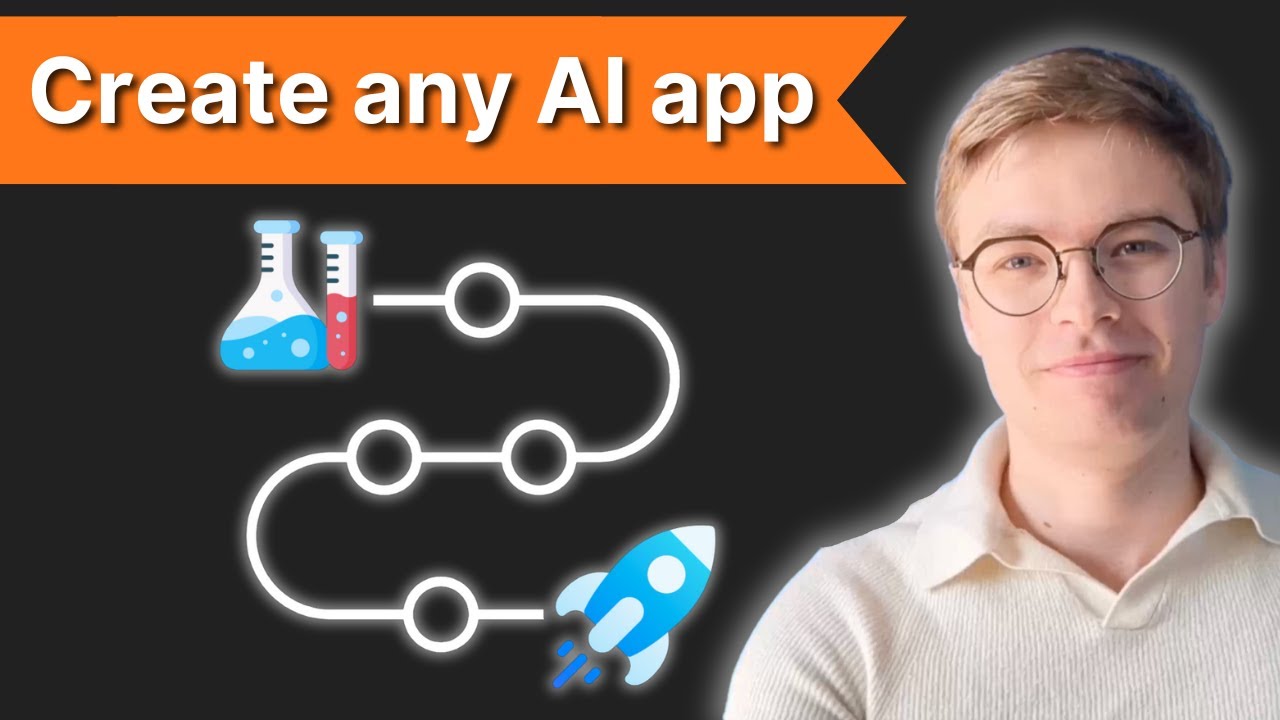Why Most AI Projects Fail
Despite tremendous enthusiasm and investment in artificial intelligence, a sobering reality persists: the majority of AI projects never make it to production. Even more concerning, many that do reach deployment fail to deliver meaningful value. Understanding why these failures occur—and how to avoid them—is crucial for anyone serious about AI engineering.
The Value Proposition Problem
Many AI projects stumble from the very beginning because they lack a clear value proposition. Before writing a single line of code, successful AI engineers ask:
- Does this problem truly require an AI solution, or could simpler code solve it?
- Is the problem high-volume and important enough to justify an AI implementation?
- Do we have the domain expertise necessary to create a responsible solution?
AI implementations require significant resources, both in terms of development effort and ongoing maintenance. Without a compelling answer to these questions, projects are likely to be abandoned once the novelty wears off or costs mount.
The Data Quality Foundation
Poor data quality represents perhaps the single most common reason AI implementations fail—more so than issues with the models themselves. Modern language models are remarkably capable, but they can only work with the information they’re given. Understanding how to implement robust RAG systems with proper data handling becomes crucial for project success.
Successful AI engineers treat data analysis as a critical step, not an afterthought. They validate that:
- The data is representative of the actual use cases the system will encounter
- The data is structured appropriately for the chosen implementation approach
- Missing values, outliers, and edge cases are properly handled
Skipping this validation step often leads to systems that work in demos but fail when faced with real-world inputs.
The Overengineering Trap
A particularly dangerous pitfall is the tendency to overengineer AI solutions. This commonly manifests as:
- Jumping straight to complex approaches like fine-tuning when prompt engineering would suffice
- Building elaborate vector databases for modest amounts of data that could be handled more simply
- Training custom models when existing ones would perform adequately
This overengineering often stems from engineers focusing on technical elegance rather than business outcomes. The most successful projects start with minimal viable solutions that prove value before scaling up complexity. Building a strong portfolio of AI engineering projects demonstrates this approach in practice, showing employers that you understand how to deliver business value, not just technical solutions.
The Implementation Selection Strategy
Strategic implementation selection is crucial for success. For instance:
-
Cloud vs. Local Models: Cloud models offer simplicity and rapid deployment but may raise privacy concerns or costs at scale. Local models provide control but introduce deployment complexities.
-
RAG vs. Fine-tuning: Retrieval-augmented generation can often deliver excellent results without the data requirements and complexity of fine-tuning.
The key is making these decisions based on actual project requirements rather than personal preferences or current trends.
The Missing Feedback Loop
Many failed AI projects lack proper mechanisms to evaluate performance and business impact. Without clear metrics, it becomes impossible to determine if the system is actually delivering value or how it could be improved.
Successful implementations incorporate:
- Technical performance metrics (accuracy, latency, etc.)
- Business impact measurements (time saved, customer satisfaction, etc.)
- Cost tracking to ensure positive ROI
This feedback loop is essential not just for validating current success but for guiding future improvements.
The Infrastructure Gap
A significant divide exists between projects that can be demonstrated in controlled environments and those that operate reliably at scale. This infrastructure gap often becomes apparent only when trying to transition from proof-of-concept to production.
Addressing this requires consideration of:
- Scalability under varied load conditions
- Monitoring and alerting systems
- Update and maintenance processes
- Safety guardrails and testing procedures
Without these infrastructure components, even technically sound AI systems will struggle in production environments.
Building for Success
The path to successful AI implementation isn’t simply about avoiding these pitfalls—it’s about embracing a comprehensive approach that addresses each area:
- Start with clear problem validation and value proposition
- Ensure data quality through proper analysis and preparation
- Begin with simpler implementation approaches before scaling complexity
- Build robust feedback loops to measure both technical and business performance
- Develop appropriate infrastructure for reliable operation
This strategic approach separates successful AI engineers from those whose projects remain perpetually in the “interesting experiment” phase. Following a comprehensive AI engineering career roadmap helps engineers develop both the technical skills and strategic thinking needed for project success.
To see exactly how to implement these concepts in practice, watch the full video tutorial on YouTube. The video provides an even more extensive roadmap with detailed strategies and frameworks for ensuring your AI projects succeed where others fail. I walk through each potential pitfall and show you the technical and strategic approaches not covered in this post. If you’re interested in learning more about AI engineering, join the AI Engineering community where we share insights, resources, and support for your journey. Turn AI from a threat into your biggest career advantage!

